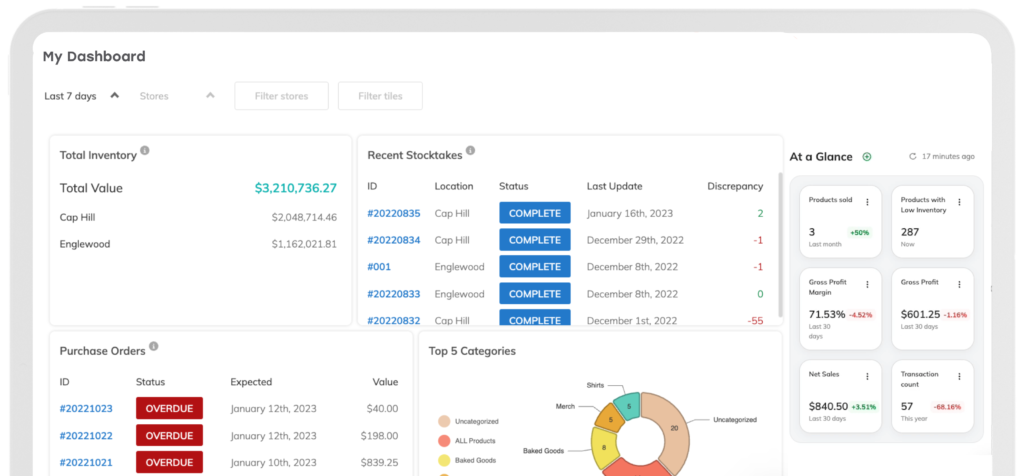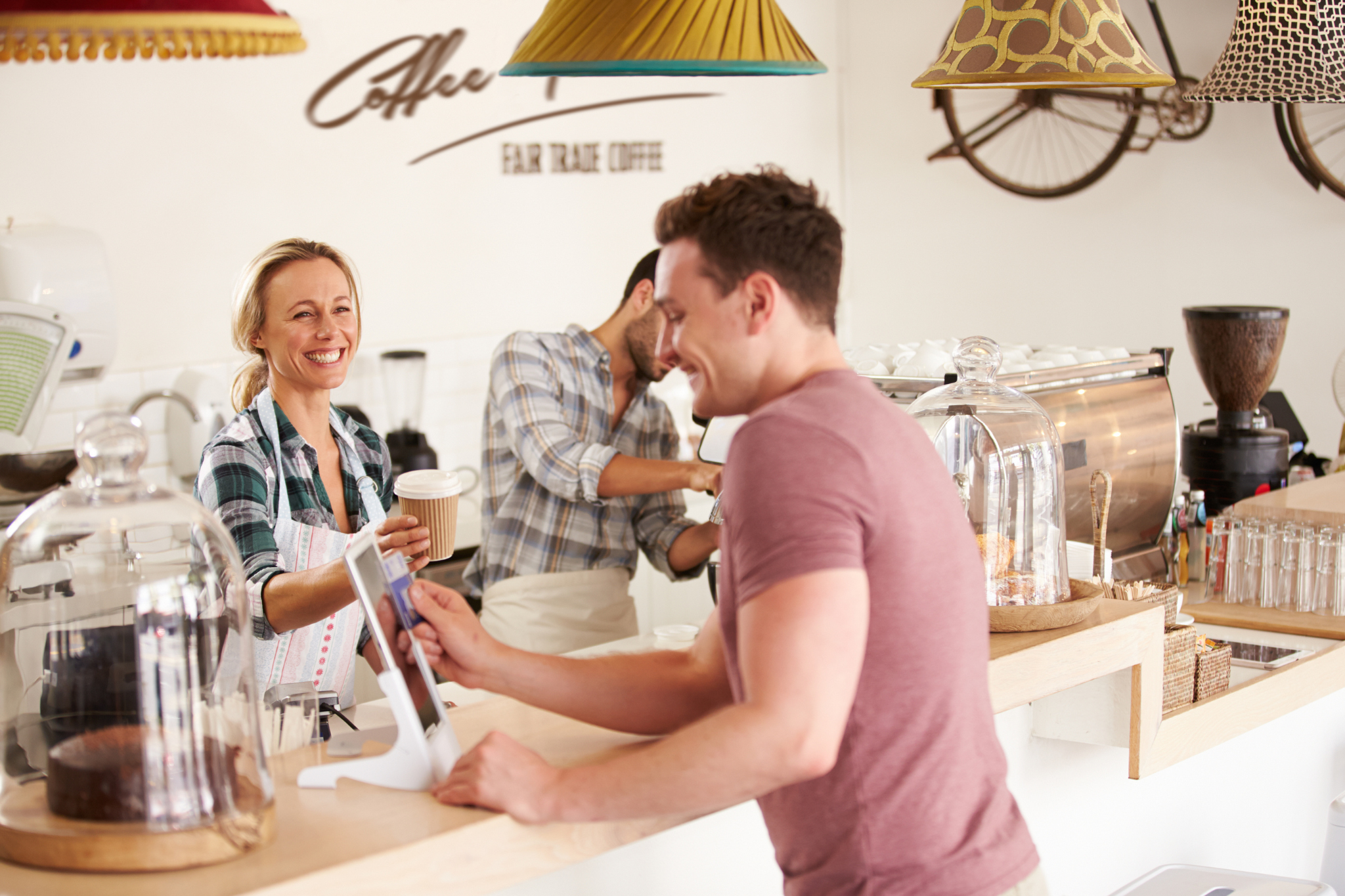
Loyalty Programs That Work: 7 Tactics, Benefits, And Real Examples
Loyal customers are the foundation of any successful business, and keeping them coming back takes more than simply delivering amazing products or services. To build customer loyalty in a meaningful way, small businesses are turning to rewards programs by offering exclusive discounts and personalized perks. With creative engagement strategies, business owners turn first-time shoppers into lifelong advocates.
What Is A Loyalty Program?
Customer loyalty programs are systems that reward customers for ongoing engagement with a business, like repeat purchases, buying certain products, or engaging with your shop online. The goal is simple: increase customer retention and spending with tangible incentives.
Building customer loyalty takes many forms — using punch cards, points systems, memberships, and subscriptions are just a few examples. Each of these programs helps you collect actionable customer data to make more fine-tuned marketing decisions, inform inventory purchases, and more. No matter the form, the goal is the same: rewarding customers who come back.
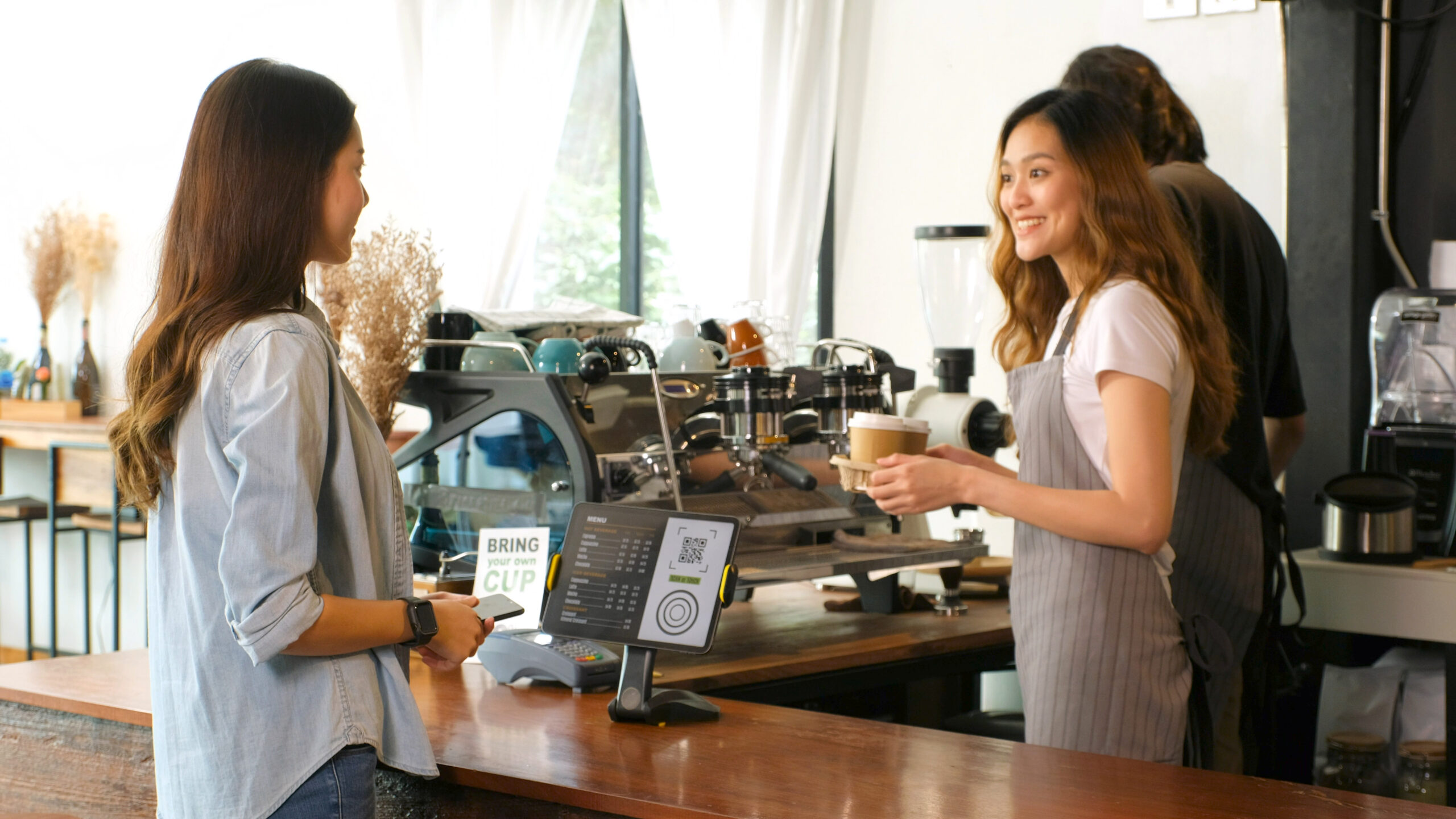
Why Are Customer Loyalty Programs A Win-Win For Your Business?
Creating a small business loyalty program is a proven way to bring back customers and encourage more frequent purchases. Here are all the ways establishing a program of your own grows your small business:
- Customers spend more: Offers tied to minimum purchase thresholds, like getting 100 extra loyalty points for buying three six-packs at the liquor store, incentivize larger transactions. This is clear in sales data: those who are part of a customer loyalty program spend 18% more than consumers who don’t participate in one.
- More frequent orders: Loyalty incentives push customers to shop more often. They’re more likely to choose you because they’ll earn loyalty points and discounts for returning. Plus, they’ll want to collect and use the credits they get toward discounts and free items.
- Improved customer satisfaction: Around 68% of customers say that personalization significantly increases how satisfied they are with a brand. This means that customers want tailored promotions and are more likely to shop when they receive a personalized opportunity in their email, text, or loyalty app.
- Better customer retention: By most estimates, acquiring new customers costs at least five times more than retaining an existing one. Loyalty programs keep your existing customers engaged, earning you more repeat business.
- A treasure trove of customer data: Digital customer loyalty programs track buying behavior, frequency, preferences, and more. Use this information to fuel smarter marketing and inventory decisions.
- A competitive advantage: In crowded markets where small businesses are competing against big box operations, a loyalty program offers an edge over larger stores with similar pricing and products.
Power Up
Focus on building a strong experience and incentive for repeat purchases with you most loyal customers. Here are ten of our favorite strategies.
Exploring Different Types Of Customer Loyalty Programs
Modern punch cards
With a punch card loyalty system, customers get a stamp or “punch” on a physical or digital card each time they make a purchase. After a set number of visits, they earn a reward. It’s simple to implement, cost-effective, and easy for shoppers to understand.
Examples we love:
- A smoke shop offers customers a free vape cartridge after purchasing cartridges on nine prior transactions.
- A boutique uses punch cards to offer a $25 gift card after eight purchases.
- A local cafe uses punch cards that give you a free latte after you punch your latte card 12 times.
Points-based systems
Participants earn points based on spending or actions, like signing up, entering their birthdays, or leaving a review. Credit earned in points-based loyalty programs is redeemed for rewards, discounts, or products, encouraging repeat purchases. It’s great for any business with varied inventory and pricing.
Examples we love:
- A boutique clothing store offers double points on Mondays, their slowest day, to motivate customers to shop.
- A fast-casual restaurant offers two points per $1 spent and gives you a free appetizer when you’ve earned 100 points (spent $50).
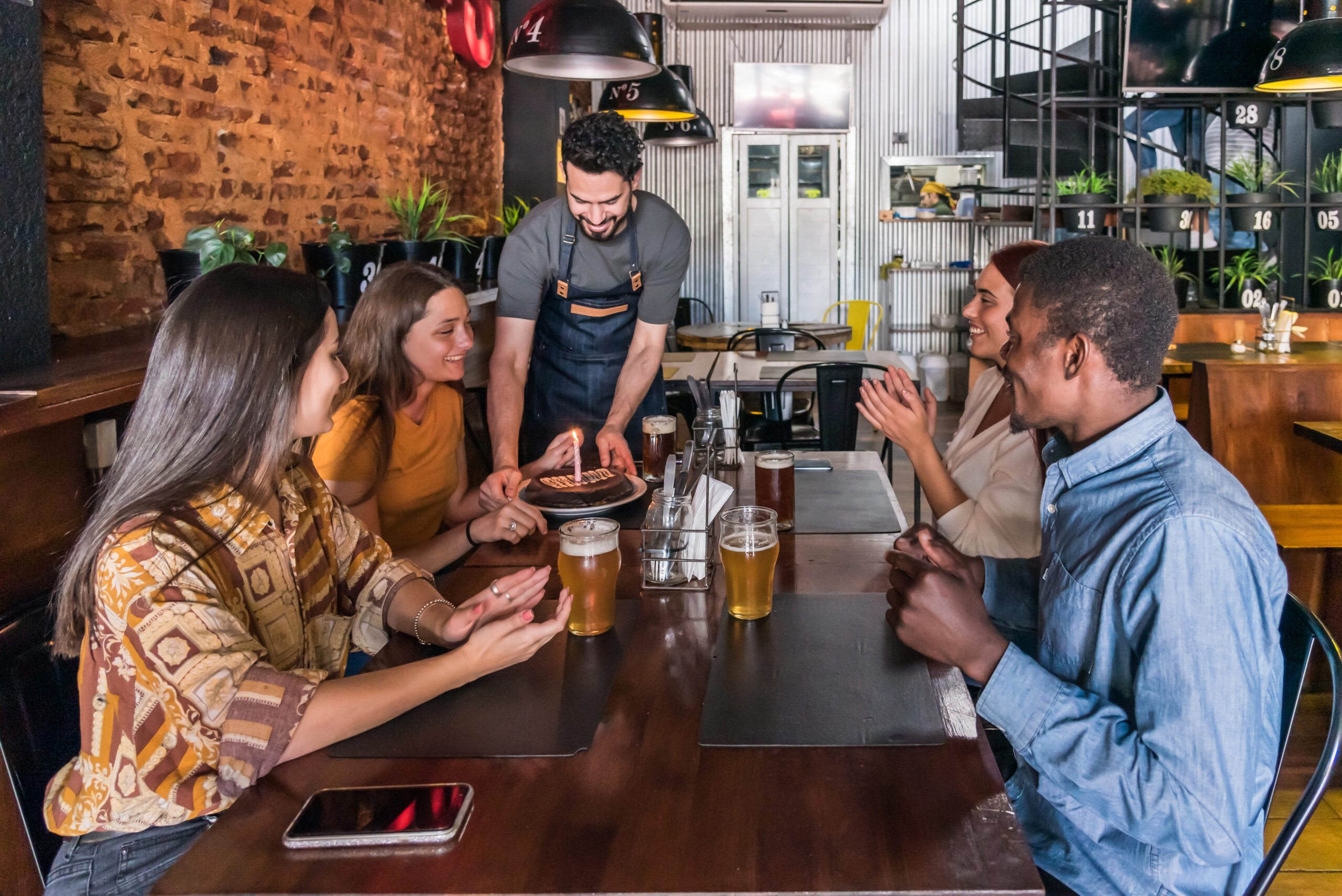
Tiered loyalty
Shoppers move up to different loyalty “tiers” based on spending or engagement and each tier unlocks new benefits: think Sephora’s “VIB” program or PetSmart’s “Treats Rewards” system. Tiered loyalty programs are great for businesses that want to reward high spenders and generate long-term engagement.
Examples we love:
- The local Italian restaurant offers Bronze, Silver, and Gold loyalty tiers, with increasing perks with each tier. Bronze earns free birthday dessert, while Silver unlocks priority seating and Gold members get exclusive menu items.
- A cigar lounge offers a VIP tier with free tastings at private community events.
- Beauty salons offer higher tiers to receive early booking access, discounts on products, and free add-ons like deep conditioning.
Paid programs
Nearly eight out of 10 shoppers say unlocking exclusive benefits increases their sense of brand loyalty. Paid programs are a great way to offer these benefits without losing money or incurring significant costs. In this model, buyers pay a one-time or recurring fee to join a premium loyalty program that gives them perks that nobody else can get. Businesses with exclusive benefits or products bring in immediate revenue.
Examples we love:
- A liquor membership program costs $50 per year for expedited shipping, personalized recommendations and exclusive cocktail recipes.
- Foodies with a restaurant VIP pass pay $10 per month for free delivery.
- A community bookstore offers free shipping, extended return windows, and exclusive flash sales.
Power Up Podcast: REWILD
Joe Ressler, owner of REWILD recently started a paid membership program that gives customers access to 15% off every order, a free local delivery, and a free educational workshop coupon.
Referral program
Customer referrals are a cost-effective way to acquire new customers through already-trusted peer networks. Purchasers earn rewards for referring friends, who also receive a sign-up incentive. This drives word-of-mouth marketing and growth.
Examples we love:
- Body care stores offer a “Give $10, get $10” coupon when a customer’s friend makes a purchase in-person or with a referral link.
- A meal prep business offers three free meal kits after three successful invites.
- Spa resorts offer one free upgrade (like aromatherapy) for every five referrals.
Subscription loyalty
In a subscription model, consumers unlock key benefits by paying a recurring fee. This model brings in predictable revenue and strengthens customer relationships while providing additional opportunities to upsell consumers. Subscription loyalty programs are ideal for product-based businesses with regular consumption cycles.
Examples we love:
- A wine club curates monthly wine shipments based on each customer’s profile.
- A plant store offers a monthly subscription for watering plants for corporate customers.
- A zero waste store sends a refill of laundry detergent every three months.
Power Up
Learn what it takes to start a subscription model for your small business step-by-step to lock in recurring customer payments.
Cashback rewards
Users earn a percentage of their spending back in cash or store credit. Volume-focused businesses with margins that support loyalty reinvestment offer clear value by rewarding customers who come back with regularity. This reinvestment creates a strong incentive for increased spending, as customers seek to maximize their benefits.
Examples we love:
- A candle shop offers 5% cashback at the end of each quarter for use on any merchandise.
- A cafe launches a “dollar back” program that gives shoppers $1 in store credit on all purchases over $15.
- Convenience stores offer a program with cashback rewards when customers buy a breakfast sandwich and an energy drink together.

How To Start A Loyalty Program In 7 Simple Steps
1. Define clear goals
Before building anything, develop a loyalty strategy to clarify why you’re starting this journey in the first place. Be specific about the results you want to see, and make sure you can measure the results (also known as a SMART goal). Tie your goals to the parts of your business that need support.
A juice shop looking to boost sales on its slowest day of the week might offer double points on all purchases made on Tuesdays. This not only drives traffic on an otherwise quiet day but also deepens customer engagement through consistent rewards.
Choose one or two goals to start and write them down. These will guide the rest of your program’s design and help you track success later.
2. Survey loyal customers for insight
Your most loyal customers already have opinions about what would bring them back more often. Instead of guessing, ask them directly. There’s no value in building a program people won’t use. By tailoring it based on what your existing customers truly want, you’ll boost loyalty program adoption and satisfaction.
Create a short, focused survey to gather feedback. Distribute it via:
- Email newsletters
- Text blasts (SMS)
- In-store QR codes
- Social media posts
Don’t forget to keep it short and sweet. Avoid long paragraphs and clunky text, and make it easy for people to fill out the form.
Ask only a few questions. Focus on understanding:
- What kind of rewards they care about (discounts, free items, experiences, cashback)
- Whether they prefer a points system, punch card, or something else
- How often they currently visit, shop, or order
- Whether they’d use a mobile app or would prefer email or phone number-based systems
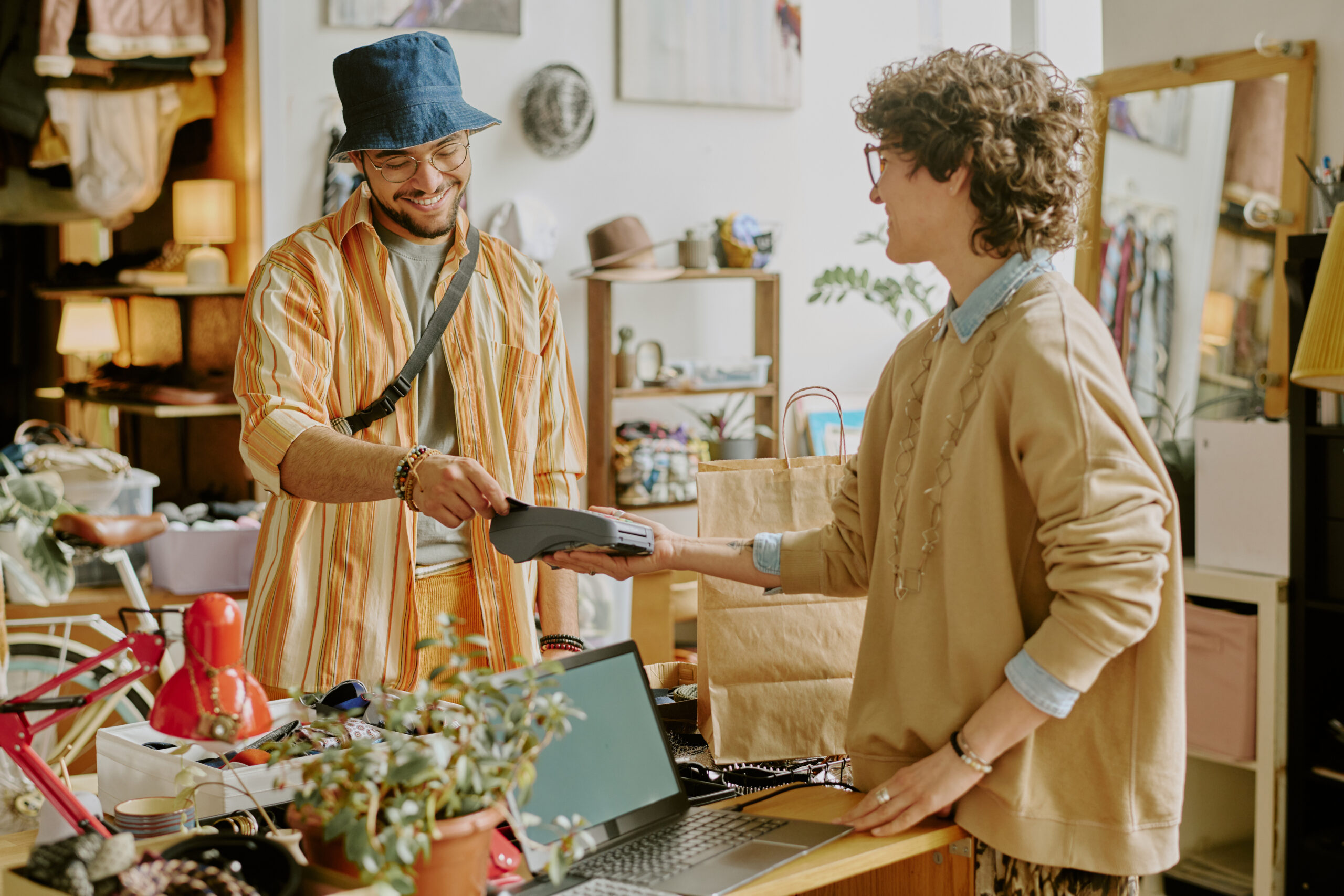
3. Design reward options that truly motivate
Now that you know what your customers want and what your business needs, build a reward system that’s motivating and achievable. Make sure the reward value feels worth it — don’t make customers spend $200 to earn $2 back.
Key components of a strong reward structure include:
Ways to earn:
- Every dollar spent
- Per visit
- Customer referrals
- Leaving a review
- Sharing on social media
- Engaging with events or promotions
- Birthdays, anniversaries, or other special occasions
Reward types:
- Percent or dollar amount discounts in exchange for points
- Free products
- Exclusive early access to new products
- Priority seating or service
- VIP-only community events
4. Start small to test and learn
Before you roll out your loyalty program to every customer, test it with a smaller group. Create a closed group filled with customers who agree to provide feedback.
Use customer segmentation from your point of sale (POS) system, loyalty tech, or CRM to choose who gets early access. Tell them they’re part of a special beta group and make them feel involved. For example, a restaurant invites VIP diners to test a new “Insider Table” rewards program and offers an exclusive dessert on their next visit for joining early.
There are a few good reasons to start small:
- You’ll identify hiccups in the system before more shoppers sign up.
- You’ll refine your reward structure based on how real people use it.
- It allows you to test messaging, marketing, and tech in a lower-risk environment.
- You’ll gather real feedback and testimonials to help with your full-scale launch.
5. Choose the right technology
Integrating new technology will make or break your program. Look for tools that work online, in-store, and on mobile. The system should track points, visits, and redemptions automatically and generate reporting and customer insights. Offering customers options to sign up, like email or phone number registration, helps encourage more signups and participation. Finally, it should be manageable through a single, intuitive dashboard that anyone at your business can use.
We recommend Loyal Zoo because it’s affordable, simple to set up, and integrates with your POS so you don’t need any additional technology.
6. Think about costs
Yes, your loyalty program needs good incentives to attract new customers, but it’s just as important that it’s sustainable in the long term. It may sound appealing to offer big rewards and discounts to bring people in the door, but you’ll soon find yourself losing money if you aren’t able to handle the giveaways. Be sure to calculate the cost of your loyalty program to confirm that the 5% cashback system or free donut for every dozen makes sense for your budget.
7. Roll out your program with impact
Promote the new program with email and SMS blasts, a social media countdown, and clear in-store signage. Use website banners, flyers with QR codes, and signup prompts on receipts to make joining easy.
Most importantly, your employees are your frontline ambassadors. If they can’t clearly explain your loyalty program, customers won’t join. You need to educate your team, market the program, and make signups easy.
Make sure every employee understands the program well enough to explain it in one sentence. Your staff should be able to answer:
- What the program is and why it matters
- How to sign someone up in under 30 seconds
- Which rewards are available
- How to look up points balances
- How to redeem customer points
- Where to direct customer questions
Have them promote it during checkout or service, and offer small rewards for hitting signup goals. Run a small contest to get your team excited. Offer a reward to the employee who gets the most signups each week.

Expert Tips To Supercharge Your Loyalty Program
Craft a memorable name and brand identity
A generic name like “Rewards Program” won’t grab attention. A good name gives your program its own identity and reinforces your brand’s image. For instance, a sporting goods store might call their program “[brand name’s] MVPs.” Pair your name with simple visual branding — a logo, a punch card, a badge — that fits the look and feel of your business.
Add gamification for extra engagement
Gamification turns earning rewards into a game customers truly want to play. It creates a sense of buy-in and encourages repeat behavior, giving people a reason to check their status and keep earning.
Try these tactics:
- Show progress bars on the loyalty app or website so people can see how close they are to a reward
- Create badges or status levels for milestones reached in the program
- Develop perks that unlock at certain spending levels
- Offer challenges so people earn points for completing tasks
- Surprise gifts for shopper birthdays or key store events
Encourage user-generated content through rewards
The best customer loyalty programs turn current customers into advocates. Offering rewards for creating user generated content (UGC) builds social proof without hiring influencers or spending a lot on ads.
Ways to reward user-generated content (UGC):
- Create a contest with rewards for customers who have the best tips for your products
- Give rewards for submitting photos or videos of shoppers using your goods or services
- Offer points or incentives for engaging and sharing your shop’s content on social media
Make the experience personal for every customer
Personalization builds emotional loyalty and leads to increased spending. Using the data you collect through the loyalty app, create tailored offers that reflect how your customers actually shop. Folks who love IPAs will get special deals on those beers, while the stout lovers will receive different promotions for those types of brews.
Use customer loyalty program data to customize:
- Offers based on past purchases
- Messages tied to birthdays, anniversaries, and milestones
- Custom deals for frequent buyers of specific products
- Location-based offers if you have multiple stores
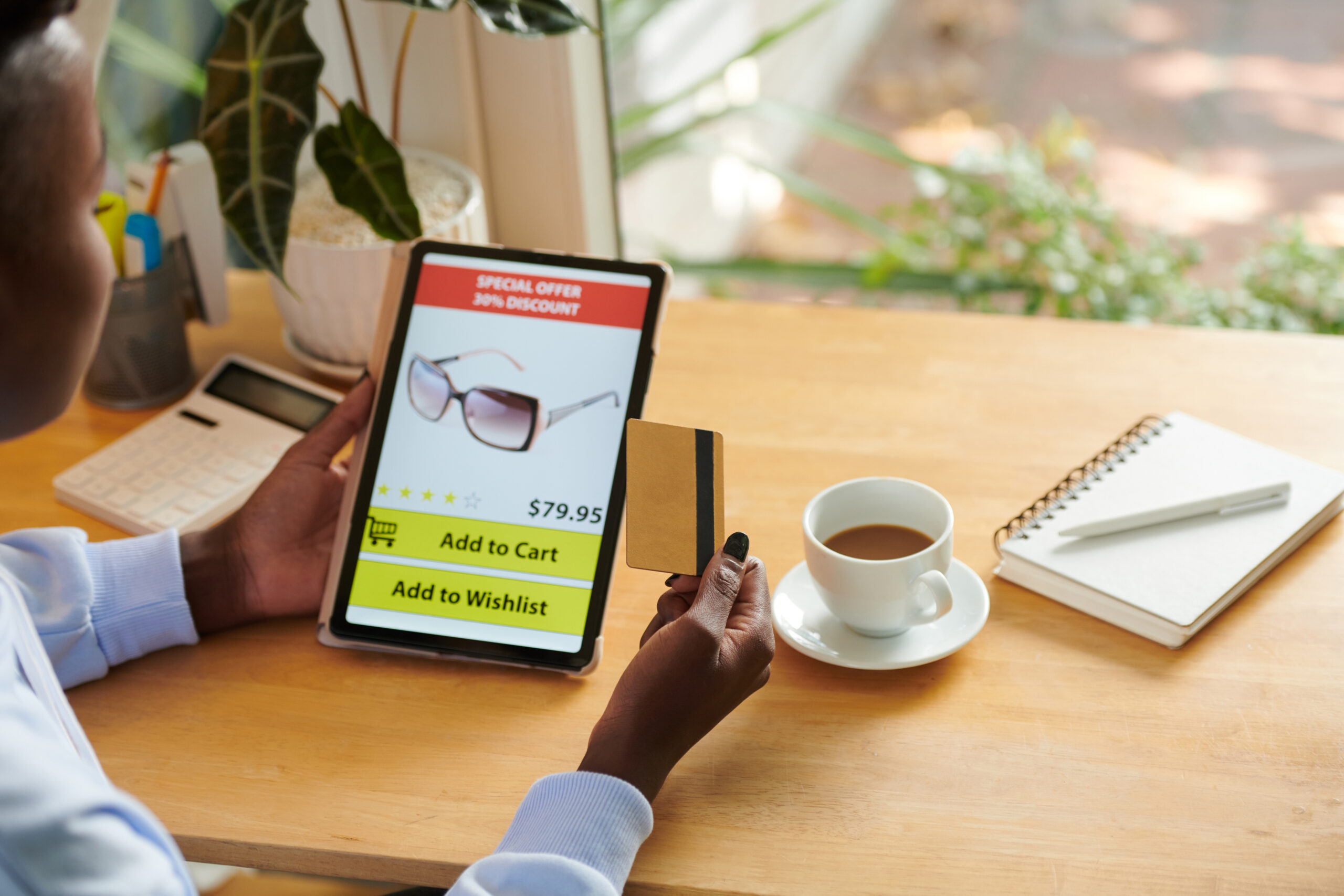
Leverage time-limited offers
Urgency is a powerful motivator. Temporary deals reactivate lapsed customers or drive traffic when you need it most. These time-sensitive perks give customers a reason to act now.
Here are a few time-sensitive promotion ideas to spark urgency and drive immediate engagement:
- Discount days: Pick your slowest day of the week and offer current customers an extra 25% off to boost traffic.
- Weekend flash offers: Offer a sale for a slow weekend. Spend $50, and get 100 additional bonus points, just for that Saturday and Sunday.
- Refer-a-friend blitz: Set up a system where consumers get a mystery gift worth $75 if they refer three friends in one week.
- Exclusive drops or experiences: Offer loyalty members early access to shop for new products. Open the store an hour early just for VIPs and give them the best-in-class treatment just for being a loyalty member.
Ensure a seamless mobile experience
Most customers will look up points and search for deals on their smartphones, so your experience needs to be seamless on mobile. Avoid clunky portals or hard-to-navigate logins. The easier it is to use, the more engagement you’ll get.
The best loyalty program should be easy to join and even easier to use. Start with mobile sign-up and online redemption to reduce friction and make enrollment simple. Integrate SMS alerts so customers are instantly notified about rewards, exclusive offers, or new product launches. Provide a mobile-friendly dashboard or app where users track their points and progress in real time. Finally, enable customers to add their rewards to Apple or Google Wallet for quick, seamless redemption in-store.
Building A Loyalty Program That Lasts
A small business loyalty program isn’t just a nice-to-have for existing customers. It’s a proven way to build customer loyalty, drive growth, and when done right. It boosts repeat purchases to build a strong brand relationship with your most valuable shoppers.
Start by identifying your business goals and performing a competitive analysis for your small business. Next, launch with intention and continue to optimize as new data and feedback for your program rolls in. The most impactful programs evolve alongside your customers’ needs and behaviors.
The Newsletter For Small Businesses
Weekly expert insights, industry trends, and inspiring stories designed to help you run your business with confidence.
The Only Inventory System That Actually Helps You Run A Healthy Business
Thousands of customers all over the world use Thrive Inventory to run a healthy business.
Thrive Inventory gives you control over all your inventory, sales channels, and metrics, allowing you to make the right decisions at the right time.
Keep Reading

The Newsletter For Small Businesses
Weekly expert insights, industry trends, and inspiring stories designed to help you run your business with confidence.
Try Thrive Inventory For Free
Add Thrive to your business and maximize your potential. With powerful and easy-to-use products,
it’s time to take control of your business and see what you can do with Thrive.
